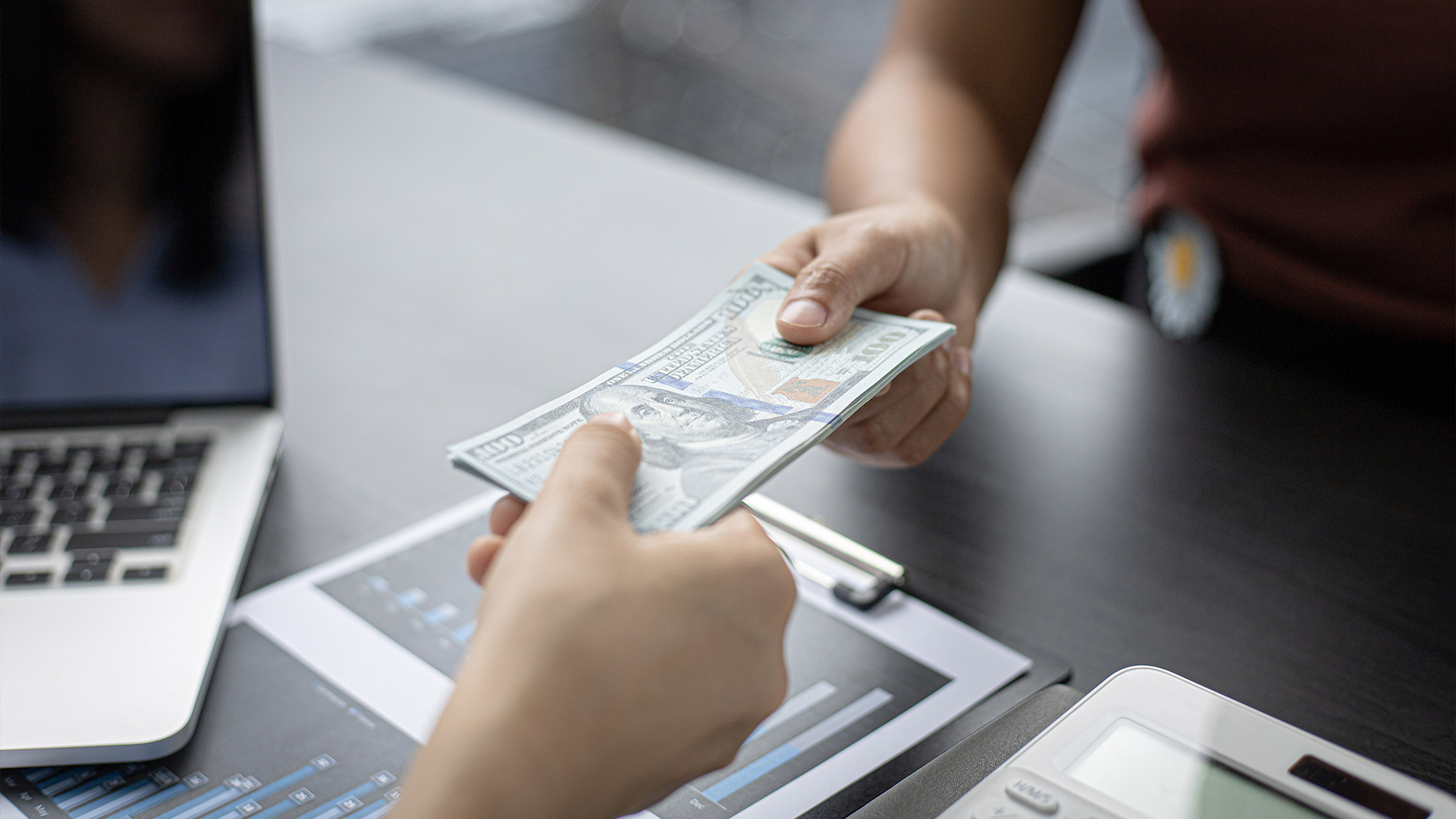How Much Cash Should You Bring? Budget Tips for Different Countries
Advertisement ▼

Advertisement ▲
Traveling abroad involves more than booking flights and hotels—you also need to manage your budget carefully. One of the most common questions travelers ask is: “How much cash should I bring?” While credit cards and digital wallets are widely accepted in many countries, cash is still essential for small purchases, transportation, and emergencies.
This guide breaks down how much cash to carry for different countries, categorized by region and travel style, and provides practical tips on managing your travel budget efficiently.
💳 Cash vs. Card: Know the Basics
Before diving into country-specific recommendations, consider the following:
- Cards accepted: In developed countries like Japan, Germany, or the U.S., credit/debit cards are widely accepted.
- Cash still needed: Street food vendors, local buses, tips, and markets often require cash.
- ATMs available: Most countries have accessible ATMs, but fees may apply.
- Safety: Carry limited cash to avoid theft or loss.
💡 Tip: Always split your cash—keep some in your wallet and the rest in a safe place in your hotel.
🌍 Asia: Moderate Cash with Backup Card
Japan
- Cash needed per day: $30–$50 USD
- Why: Many local restaurants and older establishments are cash-only.
- Tips:
- Withdraw from 7-Eleven ATMs (international card-friendly).
- Pre-load Suica/Pasmo cards for transport.
Thailand
- Cash needed per day: $20–$40 USD
- Why: Street food, tuk-tuks, and markets operate in cash.
- Tips:
- Avoid airport money changers—exchange at SuperRich or Bangkok city banks.
- Keep small notes for transportation and snacks.
South Korea
- Cash needed per day: $20–$30 USD
- Why: Cards are dominant, but some street vendors still prefer cash.
- Tips:
- Use T-money card for transport and convenience store payments.
- ATMs are easy to find, but some charge international fees.
🇪🇺 Europe: Mostly Card-Friendly but Varies by Country
France / Germany / Netherlands
- Cash needed per day: $20–$40 USD
- Why: Most places accept cards, but some cafes, public restrooms, and metro stations still prefer cash.
- Tips:
- Carry coins for public toilets and small transactions.
- Inform your bank of international travel to avoid card blocks.
Italy / Spain / Greece
- Cash needed per day: $30–$50 USD
- Why: Small-town restaurants and market stalls often only accept cash.
- Tips:
- Withdraw cash in larger towns—ATMs in remote areas may be unreliable.
- Beware of dynamic currency conversion at POS terminals (choose to pay in local currency).
🇺🇸 North America: Minimal Cash Needed
United States
- Cash needed per day: $20–$30 USD
- Why: Cards are accepted almost everywhere, but tipping is a must.
- Tips:
- Carry singles for tips (restaurants, hotel staff, taxis).
- Use Apple Pay/Google Pay where accepted.
Canada
- Cash needed per day: $20–$30 USD
- Why: Like the U.S., card usage is common.
- Tips:
- Consider using Interac e-transfer if staying longer or with locals.
- Withdraw Canadian dollars locally to avoid bad exchange rates.
🌎 Latin America: Bring More Cash
Mexico
- Cash needed per day: $25–$40 USD
- Why: Many local businesses, colectivos (shared taxis), and food stalls require pesos.
- Tips:
- Withdraw from major bank ATMs (BBVA, Santander) for better rates.
- Avoid changing currency at airports or hotels.
Colombia / Peru
- Cash needed per day: $20–$35 USD
- Why: Digital payments aren’t universal outside of cities.
- Tips:
- Have a mix of small and large bills.
- Be discreet when handling cash in public areas.
🌍 Africa: Cash Is Essential in Most Regions
South Africa
- Cash needed per day: $20–$35 USD
- Why: Urban areas accept cards, but rural areas often do not.
- Tips:
- Use ATMs in banks or malls for safety.
- Avoid carrying large amounts and keep emergency funds separate.
Morocco / Egypt
- Cash needed per day: $25–$40 USD
- Why: Local markets, taxis, and attractions often prefer cash.
- Tips:
- Bargaining is common—have small notes.
- Currency exchange is often better at local bureaus than hotels.
🇦🇺 Oceania: Mostly Card-First
Australia / New Zealand
- Cash needed per day: $10–$20 USD
- Why: Tap-to-pay is the standard across nearly all stores and services.
- Tips:
- Cash may only be needed for small towns or tips.
- ATMs are widely available but check for withdrawal fees.
💰 How Much Total Cash Should You Carry?
Here’s a general starting guide for short trips (5–10 days):
🔐 Tips to Handle Cash Safely
- Use a money belt or neck pouch.
- Don’t carry all your cash in one place.
- Have a backup card in a separate bag.
- Use ATMs during daylight hours in secure locations.
- Keep emergency USD or EUR—widely accepted for exchange.
✅ Final Recommendations
- Always check your destination’s current currency and card acceptance before you travel.
- Notify your bank and set travel alerts to avoid card blocks.
- Avoid exchanging money at airports unless necessary.
- Use a combination of cash + cards + digital wallets for flexibility.


